New Horizons: Enhanced False-color Mosaic Of Pluto, July 14th 2015

New Horizons: Enhanced false-color mosaic of Pluto, July 14th 2015
New Horizons scientists use enhanced color images to detect differences in the composition and texture of Pluto’s surface. When close-up images are combined with color data from the Ralph instrument, it paints a new and surprising portrait of the dwarf planet. The “heart of the heart,” Sputnik Planum, is suggestive of a source region of ices. The two bluish-white “lobes” that extend to the southwest and northeast of the “heart” may represent exotic ices being transported away from Sputnik Planum. Four images from New Horizons’ Long Range Reconnaissance Imager (LORRI) were combined with color data from the Ralph instrument to create this enhanced color global view. The images, taken when the spacecraft was 280,000 miles (450,000 kilometers) away, show features as small as 1.4 miles (2.2 kilometers).
Image Credit: NASA/JHUAPL/SwRI
More Posts from Space-m17-blog and Others
Normal Things…Done in a Not So Normal Way
Floating around in zero gravity may sound like a blast, but it can actually present a lot of challenges to things we do everyday here on Earth with little to no thought. Here are a few ways that astronauts on the International Space Station complete normal tasks in orbit:
1) Washing Hair

You can’t just have a shower on the space station because the water would come out of the faucet and float all over the place. In this video, NASA Astronaut Karen Nyberg demonstrates how she uses a bag of water, no rinse shampoo, a towel and her comb to wash her hair.
2) Drinking Coffee

Believe it or not, there are special cups used on the space station to drink coffee from the new ISSpresso machine. I mean, you wouldn’t want hot coffee floating around in the air…would you? Previously, astronauts drank coffee from plastic bags, but let’s face it, that sounds pretty unenjoyable. Now, there are zero Gravity coffee cups, and an Italian espresso machine aboard the International Space Station! These cups were created with the help of capillary flow experiments conducted in space.
3) Sleeping

There’s nothing like crawling into bed after a long day, but astronauts can’t exactly do that while they’re in microgravity. Instead of beds, crew members use sleeping bags attached to the walls of their small crew cabins. They are able to zipper themselves in so that they don’t float around while they’re asleep. This may sound uncomfortable, but some astronauts, like Scott Kelly, say that they sleep better in space than they do on Earth!
4) Exercising

Exercising in general is an important part of a daily routine. In space, it even helps prevent the effects of bone and muscle loss associated with microgravity. Typically, astronauts exercise two hours per day, but the equipment they use is different than here on Earth. For example, if an astronaut wants to run on the treadmill, they have to wear a harness and bungee cords so that they don’t float away.

This Monday, Aug. 17, marks the final targeted flyby of Dione, one of Saturn’s many moons, in Cassini’s long mission. During this flyby, the science team will conduct a gravity experiment that will contribute to our knowledge of the internal structure of Dione. We will also learn more about its outer ice shell, and will be able to compare this with Saturn’s other icy moons.
Beyond the icy moons, Saturn is adorned with thousands of beautiful ringlets, While all four gas giant planets in our solar system have rings – made of chunks of ice and rock – none are as spectacular or as complicated as Saturn’s. Like the other gas giants, Saturn is mostly a massive ball of hydrogen and helium.

This image of Saturn was taken using an infrared filter. Using this type of filter can help scientists determine the location of clouds in the planet’s atmosphere. The darker areas reveal clouds that are lower in the atmosphere, while the bright areas are higher altitude clouds.
Since Cassini reached Saturn in 2004, it has captured important data and images. This spacecraft has the ability to “see” in wavelengths that the human eye cannot, and it can “feel” things about magnetic fields and tiny dust particles that no human hand could detect. These heightened “senses” have allowed us to have a better understanding of Saturn, its moons and the solar system.

Learn more about Cassini & Saturn: http://saturn.jpl.nasa.gov/

Northern lights (by Teemu Lautamies)

Andromeda Rising over the Alps : Have you ever seen the Andromeda galaxy? Although M31 appears as a faint and fuzzy blob to the unaided eye, the light you see will be over two million years old, making it likely the oldest light you ever will see directly. Now rising near a few hours after sunset from mid-latitude northern locations, Andromeda is rising earlier each night and will be visible to northerners all night long starting in September. The featured image captured Andromeda rising above the Italian Alps last month. As cool as it may be to see this neighboring galaxy to our Milky Way with your own eyes, long duration camera exposures can pick up many faint and breathtaking details. Recent data indicates that our Milky Way Galaxy will collide and coalesce with the slightly larger Andromeda galaxy in a few billion years. via NASA
js
Tour NASA with One Direction

You might have heard, One Direction filmed their ‘Drag Me Down’ music video at NASA’s Johnson Space Center, and we know you’re dying to take a tour of everything they saw. So, here we go…
1) Space Exploration Vehicle (SEV)
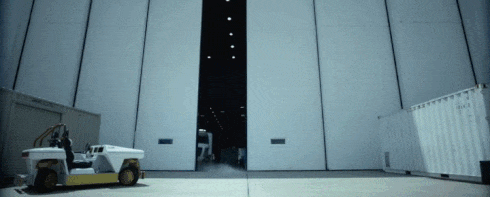
Even though Louis is roving around Johnson Space Center in our Space Exploration Vehicle, its intended destination is quite different. The SEV will be used for in-space missions and for surface explorations of planetary bodies, including near-Earth asteroids and Mars!
2) Robonaut

Harry and Robonaut bonded during their visit to Johnson Space Center for the filming of their music video. This robot will help humans work and explore in space. Working side by side with humans, or going where the risks are too great for people, robots will make it so we never get ‘dragged down’!
3) Partial Gravity Simulator & Space Station Mockup Bike

You can find Niall floating around in our Partial Gravity Simulator, aka POGO, in the new music video. This tool is used to provide accurate simulations of reduced gravity. Astronauts use this for training and to learn how to perform tasks in space.
While Niall floats with POGO, Liam is training on the International Space Station Mockup Bike, aka CEVIS. This bike provides aerobic exercise and is used to countermeasure the harmful effects of exposure to microgravity while on the space station.
4) Orion Spacecraft

The Orion spacecraft will be the first of its kind that will carry humans to deep space and to Mars! It will be the safest, most advanced spacecraft ever built, and Harry, Niall, Louis and Liam all got to check it out.
5) T-38 Jets

Flying these T-38 jet trainers are an important part of preparing to be an astronaut. Flying and landing them acts as a real-life simulation for practicing spacecraft operations. They can even fly at supersonic up to Mach 1.6, and can put their pilots through more than seven Gs!
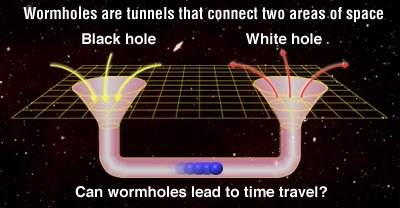

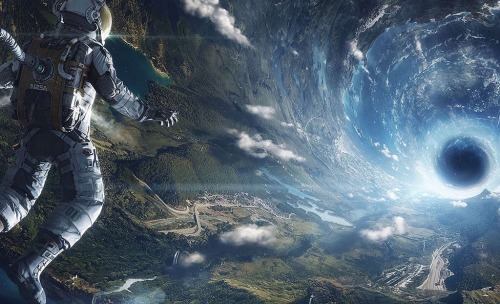
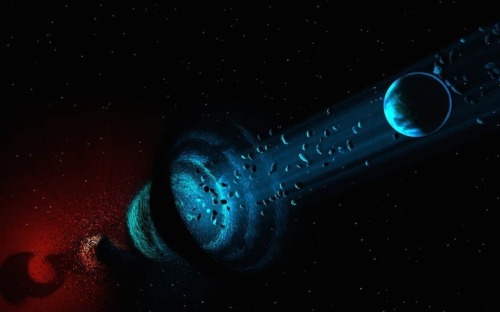
Wormholes
Also known as Einstein-Rosen Bridges are theoretically possible going by Einstein’s theory, and equations of general relativity. Basically wormholes take advantage of our 3 dimensional space and are able to “bend” it. Picture a sheet of paper; now put two circular holes on each end of that sheet of paper. Normally the quickest way to join one point to the other would be to draw a straight line between them. Now instead, you could fold the piece of paper so each hole is touching meaning that there is no longer any distance between them. This is an analogy of how a wormhole works except instead of a circular hole on a 2D plane, the entry and exit points of an Einstein-Rosen bridge can be visualised as spheres in a 3D space.
While the theory of general relativity allows the existence of wormholes, we have not yet found physical evidence. The first wormhole solution discovered was the Schwarzschild wormhole presented in the Schwarzschild metric describing an eternal black hole. However this is not stable enough and would collapse before anything could cross from one end to the other. Traversable wormholes could exist of there was a form of exotic matter with a negative energy to stabilise them.
The Casmir effect shows that quantum field theory allows the energy density in some space to be relatively lower than the ordinary vacuum of space. A lot of physicists (like Stephen Hawking) use this to argue that it is possible to stabilise a traversable wormhole. However there are no known natural processes that would cause a traversable wormhole to stabilise.
The quantum foam hypothesis can be used to suggest the spontaneous appearance of tiny black holes at the Planck scale. Stable versions of these tiny wormholes have been suggested as dark matter candidates. It is also possible that one of these wormholes opened into a previously empty space from another universe, held open by a cosmic string (1D string) with a negative mass then it could be inflated to a macroscopic size by cosmic inflation. Is it possible this happened at the start of the Big Bang?


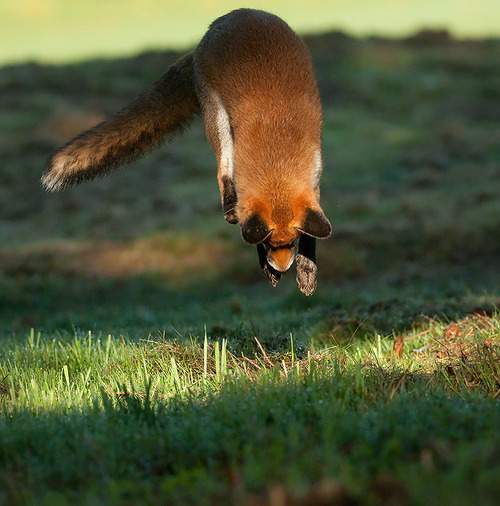




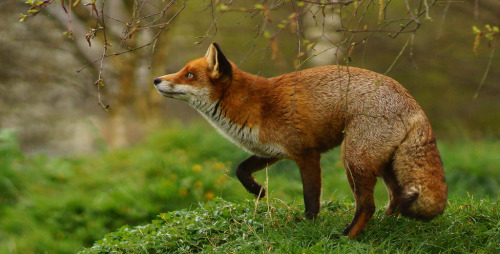
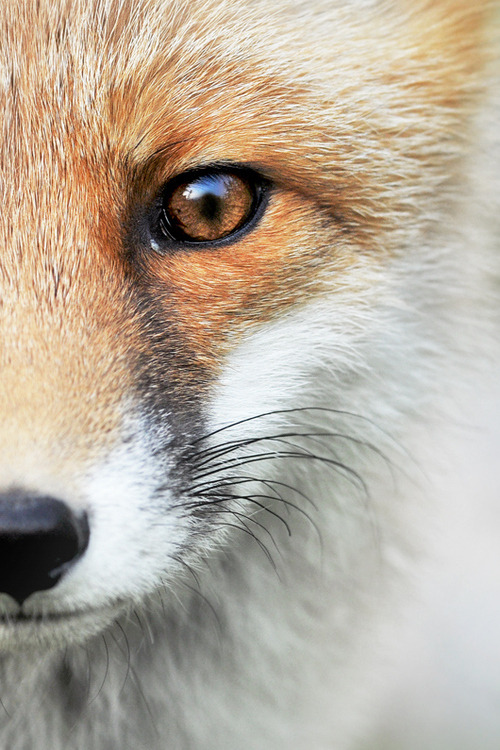
National Aviation Day!

Today, August 19, is National Aviation Day! You might wonder why we’re celebrating National Aviation Day, let us tell you…
First, did you know that EVERY U.S. commercial aircraft and every U.S. air traffic control tower has NASA-developed technology on board? It’s true! Here at NASA, we’re invested in aeronautic research. Today’s air transportation system is an integral part of the U.S. and global economies.
It’s the primary mechanism for connecting countries across the world through moving people, as well as goods and services. You feel the impacts of aviation and the air transportation system everyday. Just about every product produced and purchased today has been touched by aviation in some way. Aircraft transport 17.7 billion tons of freight every year. While you may not have flown today, something you needed did.

Our aviation experts are dedicated to improving the design of airplanes so they’re more Earth friendly – less fuel use, lower pollution, less noise around airports. We also work with the Federal Aviation Administration to provide new tools to air traffic controllers for improving efficiency and reducing delays.
So, celebrate National Aviation Day with us! Spread Your Wings, take a photo, post it today and tag #SpreadYourWings and/or #NationalAviationDay. We may even pick your photo to highlight on our NASA web page!
Sea Level Rise

For thousands of years, sea level has remained relatively stable. But now, Earth’s seas are rising. Since the beginning of the 20th century, they have risen about eight inches, and more than two inches in the last 20 years alone!

As water warms, it expands and takes up more space. That means that when oceans warm, the sea level rises. This summer, we’ve been researching exactly how global warming has impacted Greenland’s ice sheet. Our ICESat-2 mission will use a laser to measure the height of the planet’s surface. Over time, we will be able to provide a record of elevation change, and estimate how much water has melted into the ocean from land ice change.
So how much ice are we actually losing? Great question, but the answer might shock you. In Greenland alone, 303 gigatons of ice was lost in 2014!

Since we know that ice is melting, we’re working to gain a better understanding of how much and how fast. We’re using everything from planes, probes and boats, to satellites and lasers to determine the impact of global warming on the Earth’s ice.

Follow along for updates and information: http://climate.nasa.gov/

Saturn and his moon Titan
-
 mali1978 liked this · 9 years ago
mali1978 liked this · 9 years ago -
 plantat liked this · 9 years ago
plantat liked this · 9 years ago -
 javierdjesus liked this · 9 years ago
javierdjesus liked this · 9 years ago -
 space-m17-blog reblogged this · 9 years ago
space-m17-blog reblogged this · 9 years ago -
 paradoxfox-blog liked this · 9 years ago
paradoxfox-blog liked this · 9 years ago -
 redfeatheredlantern reblogged this · 9 years ago
redfeatheredlantern reblogged this · 9 years ago -
 mymusiclist reblogged this · 9 years ago
mymusiclist reblogged this · 9 years ago -
 milkywayan reblogged this · 9 years ago
milkywayan reblogged this · 9 years ago -
 nlhilist liked this · 9 years ago
nlhilist liked this · 9 years ago -
 trippyeyesandtattooedthighs reblogged this · 9 years ago
trippyeyesandtattooedthighs reblogged this · 9 years ago -
 trippyeyesandtattooedthighs liked this · 9 years ago
trippyeyesandtattooedthighs liked this · 9 years ago -
 cobaltergeist liked this · 9 years ago
cobaltergeist liked this · 9 years ago -
 khazu-and-tavor reblogged this · 9 years ago
khazu-and-tavor reblogged this · 9 years ago -
 azavezel reblogged this · 9 years ago
azavezel reblogged this · 9 years ago -
 blapnkslate reblogged this · 9 years ago
blapnkslate reblogged this · 9 years ago -
 aim-for-yourself liked this · 9 years ago
aim-for-yourself liked this · 9 years ago -
 littlegoaliejk3 liked this · 9 years ago
littlegoaliejk3 liked this · 9 years ago -
 dolley-charlotte reblogged this · 9 years ago
dolley-charlotte reblogged this · 9 years ago -
 kisstheashes reblogged this · 9 years ago
kisstheashes reblogged this · 9 years ago -
 diveintotheunknown reblogged this · 9 years ago
diveintotheunknown reblogged this · 9 years ago -
 unlimited-ammo reblogged this · 9 years ago
unlimited-ammo reblogged this · 9 years ago -
 milkywayan liked this · 9 years ago
milkywayan liked this · 9 years ago -
 satellite--anthem reblogged this · 9 years ago
satellite--anthem reblogged this · 9 years ago -
 huggingtotoro reblogged this · 9 years ago
huggingtotoro reblogged this · 9 years ago -
 littleemptyattik reblogged this · 9 years ago
littleemptyattik reblogged this · 9 years ago -
 spaaaaceyyy reblogged this · 9 years ago
spaaaaceyyy reblogged this · 9 years ago -
 smarth4 liked this · 9 years ago
smarth4 liked this · 9 years ago -
 diamondsforlife liked this · 9 years ago
diamondsforlife liked this · 9 years ago -
 bluntrustable reblogged this · 9 years ago
bluntrustable reblogged this · 9 years ago -
 mymusiclist liked this · 9 years ago
mymusiclist liked this · 9 years ago -
 thekingofthewest liked this · 9 years ago
thekingofthewest liked this · 9 years ago -
 luchordgz93 reblogged this · 9 years ago
luchordgz93 reblogged this · 9 years ago -
 azalanya reblogged this · 9 years ago
azalanya reblogged this · 9 years ago -
 nualolokai liked this · 9 years ago
nualolokai liked this · 9 years ago -
 celestialreconnaissance reblogged this · 9 years ago
celestialreconnaissance reblogged this · 9 years ago -
 siresword reblogged this · 9 years ago
siresword reblogged this · 9 years ago -
 siresword liked this · 9 years ago
siresword liked this · 9 years ago -
 bistromatic liked this · 9 years ago
bistromatic liked this · 9 years ago -
 dominusfausto liked this · 9 years ago
dominusfausto liked this · 9 years ago -
 dominusfausto reblogged this · 9 years ago
dominusfausto reblogged this · 9 years ago -
 party-planet liked this · 9 years ago
party-planet liked this · 9 years ago -
 ghostykid reblogged this · 9 years ago
ghostykid reblogged this · 9 years ago -
 explorationimages reblogged this · 9 years ago
explorationimages reblogged this · 9 years ago
I love space. I've been to space camp in Huntsville Alabama and I am planning on going every summer. I look forward to be an astronaut for nasa on the sls that is planned to be launched 2018. And the manned mission 2030. So yeah I won't let anything get in my way.
138 posts